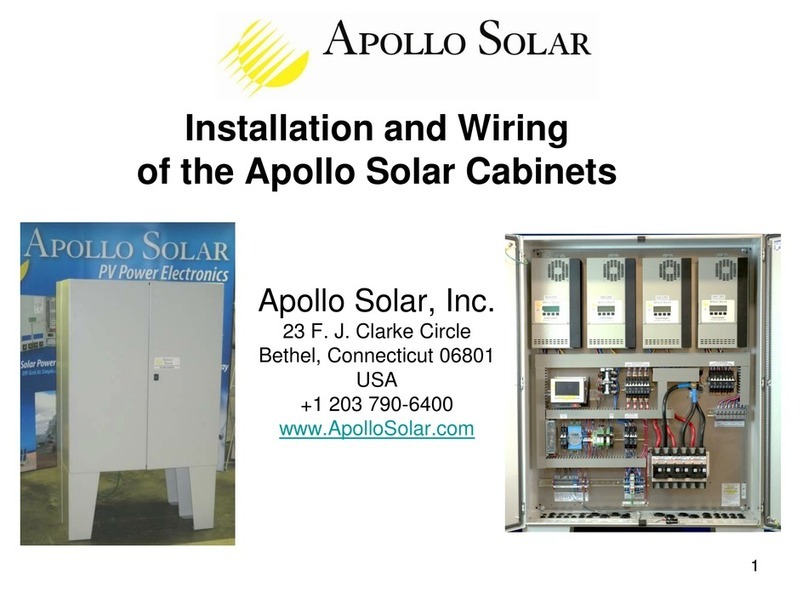
- 4 -
IMPORTANT SAFETY INSTRUCTIONS
INSTRUCTIONS DE SÉCURITÉS IMPORTANTES
SAVE THESE INSTRUCTIONS
CONSERVER CES INSTRUCTIONS
General Precautions
1. Before using the TSW inverter, please read all instructions and cautionary marks on (1) the inverter, (2)
the batteries, and (3) all appropriate sections of this instruction manual.
2. Do not expose INVERTER to rain, snow, or liquids of any type. The INVERTER is designed for indoor
mounting only. Protect the inverter from splashing if used in vehicle applications.
3. Do not disassemble the INVERTER; take it to a qualified service center when service or maintenance
is required. Incorrect re-assembly may result in risk of electric shock or fire.
4. To reduce risk of electric shock, disconnect all wiring before making any attempt to maintain or clean.
Simply turning off the INVERTER will not reduce this risk.
WARNING
5. WORKING IN THE VICINITY OF A LEAD ACID BATTERY IS DANGEROUS. BATTERIES
GENERATE EXPLOSIVE GASES DURING NORMAL OPERATION. Provide ventilation to outdoors
from the battery compartment. The battery enclosure should be designed to prevent accumulation and
concentration of hydrogen "pockets" at the top of the compartment. Vent the battery compartment from
the highest point. A sloped lid can also be used to direct the flow through the vent opening location.
ATTENTION:
Une batterie peut présenter un risque de choc électrique, de brûlure par transfert d’énergie, d’incenie ou
d’explosion des gaz dégagés. Suivre les précautions qui s’imposent.
6. NEVER charge a frozen battery.
7. No terminals or lugs are required for hook-up of the AC wiring. AC wiring must be no less than
10 AWG (5.3mm
2
) gauge copper wire and rated for 90º
ºº
ºC or higher. Crimped and sealed copper
ring terminal lugs with a 5/16 inch hole should be used to connect the battery cables to the DC
terminals of the INVERTER. Soldered cable lugs are also acceptable .See section on battery cable
sizing for more details for your application (see Table 4.1 page 18).
8. Torque all AC wiring connections to 30 in-lbs (3.4 N-m). Torque all DC cable connections to 5 ft-lbs
(6.78 N-m). Be extra cautious when working with metal tools on or around batteries. The potential of
dropping a tool causing the batteries or other electrical parts resulting in sparks could cause an
explosion. Tools required for AC wiring connections: wire strippers, 1/2"(13mm) open-end wrench or
socket, Phillips screw driver #2, slotted screw driver 3/16"(4.6 mm) blade.
9. The INVERTER must be used with a battery supply of nominal voltage that matches the last two digits
of the model number; e.g., 24 volts with a TSW3224, and 48 volts with a TSW4048.
10. GROUNDING INSTRUCTIONS. This battery charger should be connected to a grounded, permanent
wiring system. For most installations, the negative battery conductor should be bonded to the
grounding system at one, and only one, point in the system. All installations should comply with all
national and local codes and ordinances.





























